Did you know that winter damage threatens millions of trees and shrubs every year, costing homeowners and communities untold losses in landscape value and tree health? This comprehensive guide unveils the essential steps for preventing winter damage to trees, ensuring your yard stays beautiful and resilient through even the harshest cold months. Read on to discover practical, research-backed strategies, step-by-step protection methods, and expert tips that will empower you to safeguard newly planted trees and established specimens alike—all winter long.
Startling Facts: Winter Damage Threatens Millions of Trees and Shrubs Each Year
Winter injury isn’t rare—it’s one of the most common environmental threats to planted trees and shrubs, particularly in temperate climates with pronounced seasonal changes. As temperatures drop, cold winter air, drying winds, and heavy snow can combine to cause severe stress or even death in both mature and young trees. According to recent studies, millions of newly planted trees and shrubs suffer from winter damage annually, leading to bark splitting, broken branches, and loss of valuable landscaping.
Key factors like fluctuating soil temp, sudden freeze-thaw cycles, and prolonged exposure to winter sun place newly planted trees at the highest risk. Homeowners may not notice the damage until spring, when plants fail to leaf out or show visible distress. With increasing frequency of ice storms and unpredictable weather patterns, understanding and implementing proactive winter protection isn’t just wise—it’s essential for anyone valuing their landscape investment.
While winter damage is a significant concern, it's important to recognize that severe weather events can pose even greater risks to both trees and personal safety. For a closer look at how storms can impact homeowners and the critical importance of preparedness, explore the tragic toll of severe storms in St. Louis and the lessons for homeowner safety.

What You'll Learn About Preventing Winter Damage to Trees
- Key risks facing newly planted trees and shrubs in winter
- Step-by-step strategies for preventing winter injury
- How soil temperature and heavy snow impact tree health
- Critical care tips for established and newly planted trees
The Science Behind Preventing Winter Damage to Trees
Understanding Winter Injury: How Cold Stress Impacts Trees and Shrubs
Winter injury can strike both new and established trees and shrubs, but newly planted trees are especially vulnerable. As the first line of defense weakens, symptoms like bark splitting, water loss, and the death of active tissue can set in. When soil temp drops, trees struggle to absorb water, making desiccation a real risk for species with evergreen foliage.
In severe winters, an ice storm can increase the strain, coating branches with weighty layers and causing breakage. The persistent presence of snow cover may serve as insulation but, if too heavy, can lead to significant structural damage. Adding to these risks are cycles of freezing and thawing, which cause temperature fluctuations around the roots and bark, leading to frost cracks and the breakdown of protective barriers.
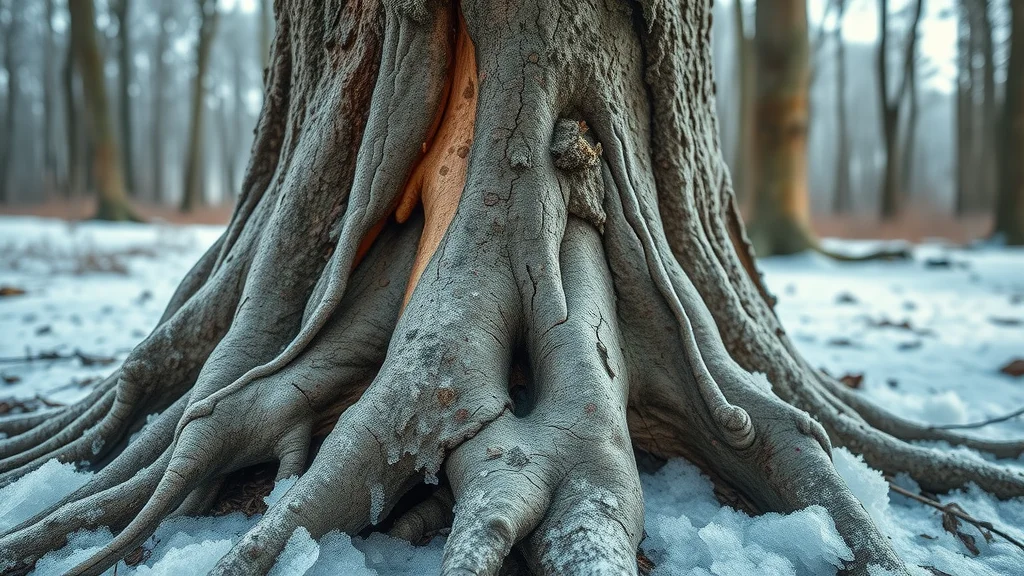
The Effects of Soil Temperature and Fluctuations
Soil temp is a vital but often overlooked aspect of preventing winter damage to trees. As winter progresses, extended periods of low temperatures cause the ground to freeze, restricting root activity and water uptake. Sudden thaws during the winter months can create dramatic temperature fluctuations, which impact both young and established trees differently.
For newly planted trees, roots are less established, making them more sensitive to shifts in temperature and more likely to experience root injury. In contrast, larger, established trees may cope better, but they are not immune—especially after a deep freeze, which can kill roots near the soil surface. Insulating the ground around a planted tree with mulch helps to moderate the effects of these temperature drops, a step crucial to sustaining tree health throughout the winter season.
Recognizing Winter Damage in Newly Planted Trees and Established Trees
Common Symptoms of Winter Injury in Trees and Shrubs
Spotting winter damage early can make a world of difference for planted trees, especially if you address the symptoms before the growing season begins. Look for these common signs:
- Bark splitting: Thin-barked or newly planted trees often develop cracks, especially on the south or southwest side, where winter sun heats up the bark, causing it to expand and split when temperatures drop at night.
- Desiccation: Browning or curling of evergreen foliage, especially on young trees and shrubs, is often due to water loss from wind and sun at a time when roots can't absorb enough moisture from frozen ground.
- Frost cracks: Vertical splits appearing in late winter, usually from abrupt temperature fluctuation.
- Salt injury: White or burnt-looking foliage/bark on roadside trees and shrubs, caused by de-icing salt spray or water runoff contaminating the soil.
- Broken branches from heavy snow: Accumulated snow weight or ice storms commonly snap limbs—especially in deciduous or weak-wooded species.
Why Newly Planted Trees Are More Vulnerable
Young trees, especially newly planted ones, haven’t yet established the robust root systems or hardened bark that older trees rely on to resist cold winter injury. The transplant process itself stresses a newly planted tree, limiting its ability to absorb water and nutrients. When soil temp fluctuates or heavy snow accumulates, these less anchored roots can shift or be damaged more easily, increasing their vulnerability.
Furthermore, the tender, thin bark of a young tree is more susceptible to winter sunscald and frost cracks—especially on the southwest side, where afternoon temperature drops are most dramatic. With little organic insulation from snow cover or mulch, these trees essentially face the season unprotected. This is why preventing winter damage to trees always starts with an extra focus on the newly planted: their survival hinges on timely, proactive steps.
Proactive Steps for Preventing Winter Damage to Trees
Mulching and Soil Temperature Management for Planted Trees
Applying organic mulch, such as shredded bark, compost, or wood chips, around the base of a planted tree is one of the most effective ways to regulate soil temp and prevent root damage. Mulch acts as a natural barrier, keeping soil temperatures stable and limiting the impact of temperature fluctuation. This helps newly planted and established trees avoid the freeze-thaw stress that can split bark and kill roots.
For newly planted trees, apply a 2–4 inch layer of mulch extending to the drip line, and keep the material a few inches from the trunk to prevent rot. This simple step stabilizes soil temp and shields roots from extreme cold. As an added bonus, mulch suppresses weed competition and conserves soil moisture through the dry, windy months.
“Proper mulching can stabilize soil temp and shield tree roots from extreme cold.”
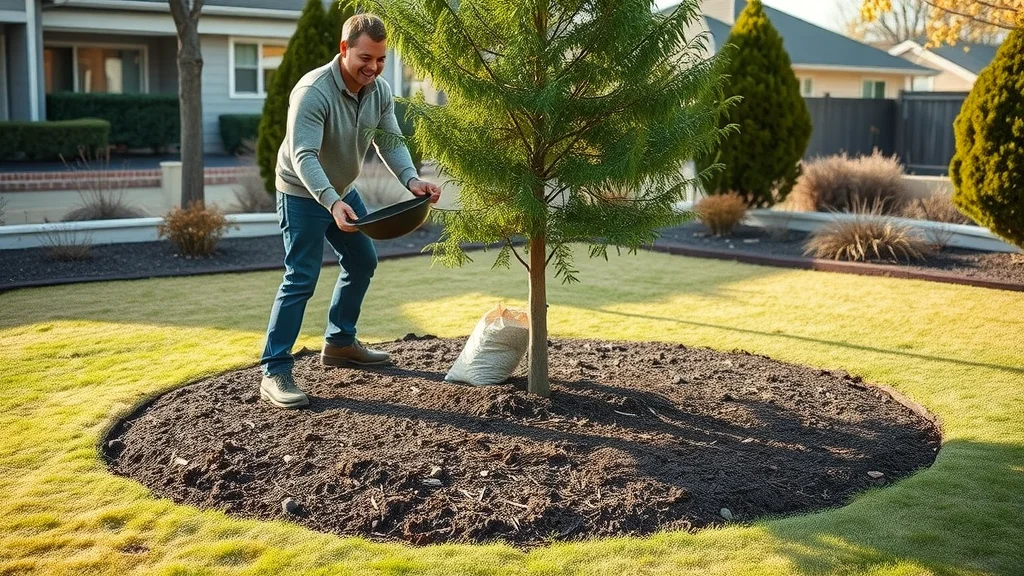
Selecting Hardy Trees and Shrubs for Winter Conditions
Choosing winter-hardy species is a proactive defense against winter injury, especially when considering newly planted tree selections. Native and regionally adapted trees and shrubs are well-equipped to handle local temperature drops, freezing and thawing periods, and heavy snow accumulation. These plants exhibit thicker bark, dense root systems, and natural resistance to water loss and sunscald.
Consult local extension offices or experienced arborists for advice on which species thrive in your climate. If you’re planting near roads or high-salt areas, select salt-tolerant varieties of trees and shrubs to limit salt injury. By planning for winter conditions from the outset, you increase your landscape’s chances of thriving for years to come.
Practical Protection Techniques: Wrapping, Staking, and Wind Barriers
- Burlap wrapping: Wrap burlap around the trunks and lower branches of young trees and vulnerable evergreen shrubs to prevent windburn, salt injury, and sunscald during the winter months.
- Tree guards: Hardware cloth or commercial tree wraps protect bark from freeze-thaw cycles and prevent sunscald, particularly on thin-barked species and newly planted trees.
- Strategic staking: Use flexible stakes to anchor newly planted trees so they remain upright during winter winds, ice storms, and heavy snow loads. Install windbreaks on the windward side to further limit exposure.
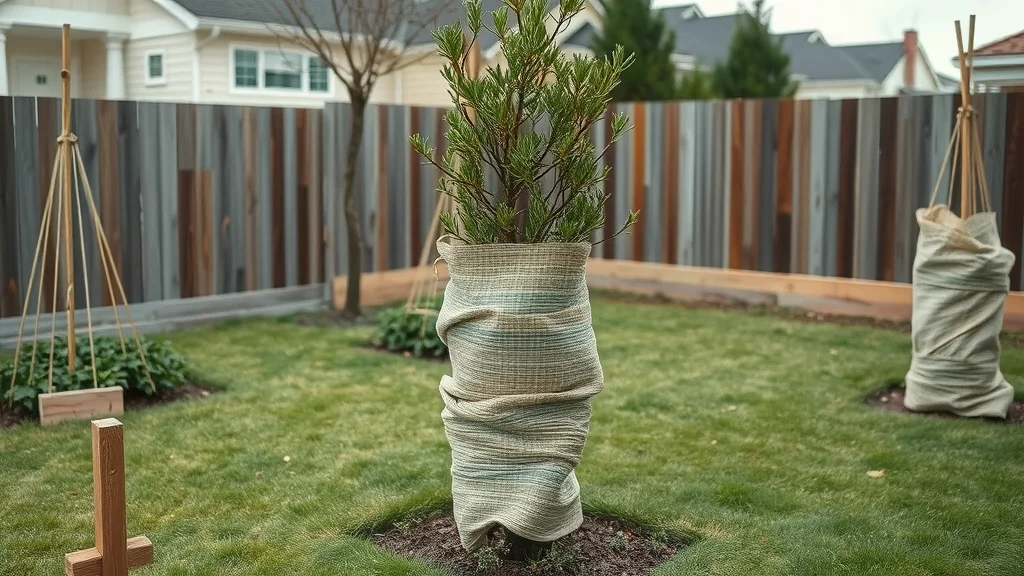
Safeguarding Newly Planted Trees from Heavy Snow and Salt
Heavy snow can bend, break, or even uproot young trees if not dealt with properly. Remove snow carefully by brushing upward with a soft broom—never yank or shake branches, as this can cause additional breakage during freezing temperatures. In areas with frequent ice storms, avoid using deicing salt near the root zones of planted trees and shrubs. Salt can infiltrate the soil, causing further winter injury by dehydrating roots already stressed by low soil temp.
For extra protection, install small physical barriers or wraps to keep snow and salt off vulnerable young trees. These safeguards, combined with proper mulching and species selection, create a multilayered defense against the most common winter hazards.
Step-By-Step Guide: How to Protect Newly Planted Trees in Winter
- Water trees well before ground freeze – Give young trees a deep watering in late fall so roots have adequate moisture to withstand water loss during winter months.
- Apply 2–4 inches of mulch – Insulate the root zone, moderating temperature fluctuations as soil temp drops and rises.
- Wrap trunks of young trees – Use tree wrap or burlap to prevent sunscald and bark splitting, focusing on south or southwest sides.
- Shield trees from prevailing winter winds – Install windbreaks or temporary burlap screens on the windward side.
- Remove heavy snow safely from branches – After storms, gently brush snow off branches in an upward motion; avoid breaking brittle wood, especially in freezing conditions.
| Method | Effectiveness | Complexity | Cost |
|---|---|---|---|
| Mulching | High | Easy | Low |
| Tree Wrap/Burlap | High (for new trees) | Moderate | Low |
| Wind Barriers | Moderate | Moderate | Moderate |
| Strategic Staking | High (prevent uprooting) | Moderate | Low |
| Proper Watering | Essential | Easy | None |
| Pruning Damaged Branches | High (for recovery) | Moderate | Low |
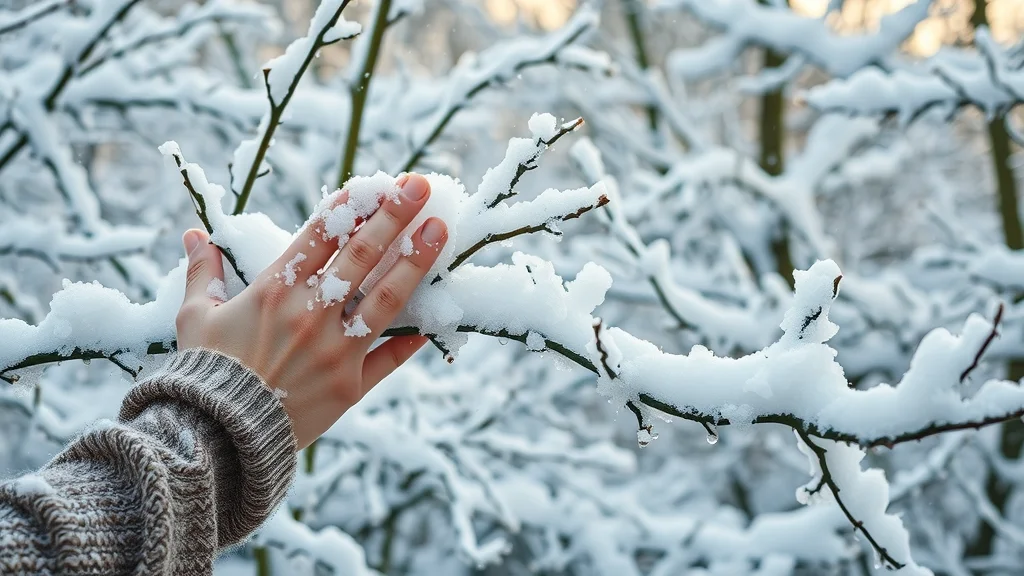
Responding to Winter Injury: Recovery and Repair for Trees and Shrubs
Assessing Damage and Prioritizing Plant Health
Once winter recedes, walk your property to assess injured trees and shrubs. Look for dead or split branches, blackened or sunken bark, and areas of poor bud development. Remove any hazards immediately and prioritize care for newly planted trees, as their survival is most threatened. Give trees and shrubs time to leaf out in spring before deciding on removals—sometimes, winter-damaged specimens recover with patience and care.
“Immediate action after winter injury can mean the difference between loss and recovery for many planted trees.”
When to Prune, Fertilize, or Remove Damaged Newly Planted Trees
Once active growth resumes, prune away any broken, diseased, or clearly dead wood, cutting back to healthy tissue. Delay heavy fertilization until mid or late spring to avoid encouraging weak, frost-tender shoots during unpredictable April weather. Severely cracked or leaning newly planted tree that show little recovery may require removal and replacement for the overall health of your garden. Consulting a certified arborist can help determine the best course of action if you’re uncertain.
Watch this hands-on demonstration to learn how to mulch, wrap, stake, and safely remove snow from young and established trees. These clear, practical visual guides will help you master best practices for protecting your landscape throughout the winter.
Frequently Asked Questions About Preventing Winter Damage to Trees
How can I prevent winter damage to my newly planted trees?
Start by deeply watering your new trees before the ground freezes. Next, apply a thick 2–4 inch mulch ring to stabilize soil temp and insulate roots. Wrap trunks with tree wrap or burlap and install wind barriers as necessary, especially on the windward side. Regularly brush off heavy snow and monitor for early symptoms of winter injury on bark and buds.
Which trees and shrubs are most at risk for winter injury?
Thin-barked, newly planted trees and evergreen species are most vulnerable, especially during their first few winters. Species sensitive to cold winter winds, like Japanese maple, cherry, boxwood, and holly, are prone to browning and bark splitting. Any tree or shrub without well-established roots, or that’s exposed to direct road salt or persistent snow cover, faces a greater risk.
Does mulch really help with soil temperature for planted trees?
Absolutely. A well-applied layer of organic mulch insulates the soil, lessening the impact of temperature fluctuation and helping roots retain moisture even in freezing conditions. Mulching is one of the most effective low-cost strategies for preventing winter damage to trees and shrubs—especially for young trees adjusting to their new environment.
Can heavy snow kill my trees and shrubs?
Heavy snow, especially when combined with ice storms, can snap limbs, uproot younger trees, and break evergreen foliage. Timely, gentle snow removal is essential to prevent this kind of mechanical damage. Regularly inspect trees after storms and brush snow off upward to protect their structure and long-term health.
People Also Ask: Answers to Your Top Preventing Winter Damage to Trees Questions
What temperature causes winter injury in trees?
Answer:
Winter injury can happen when temperature drops below a species-specific critical level, often between 15°F and -20°F. However, sudden swings between freezing and thawing can sometimes be more damaging than persistently low temperatures, particularly for young trees and those not acclimated to deep cold.
Will snow cover protect tree roots from freezing?
Answer:
Yes, moderate snow cover can serve as insulation, moderating soil temp and protecting roots from the worst extremes. However, heavy, compacted snow or repeated wet snows can become too heavy and cause physical damage. Combine mulch with snow cover for the best protection.
Key Takeaways: Preventing Winter Damage to Trees
- Early intervention is crucial for protecting planted trees
- Newly planted trees require extra attention during winter
- Mulch, wrapping, and careful snow removal are top defenses
- Assessing and caring for trees and shrubs post-winter increases survival rates
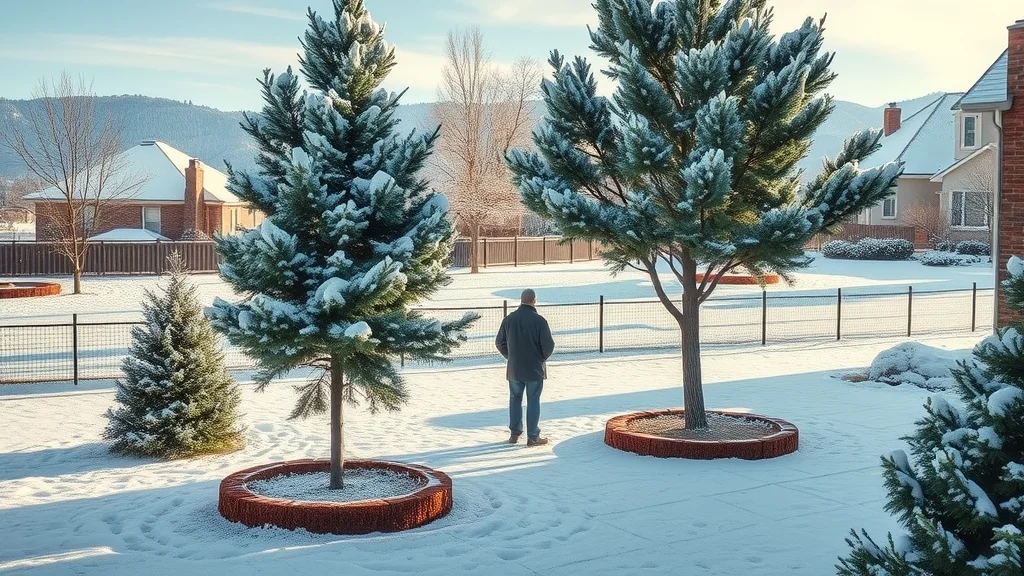
Conclusion: Secure the Health of Your Trees and Shrubs This Winter
By understanding risks and taking simple steps, you can prevent winter damage to trees—ensuring your landscape thrives now and in seasons to come.
Protecting your trees from winter hazards is just one part of a comprehensive approach to landscape safety and resilience. If you’re interested in learning how extreme weather events can impact not only your trees but also your home and community, consider reading about the broader implications of severe storms and the importance of proactive safety measures. Discover valuable insights and real-world lessons in how severe storms in St. Louis have underscored the need for increased homeowner safety. By expanding your knowledge, you’ll be better equipped to protect both your landscape and your loved ones, no matter what the season brings.
Grow your landscaping expertise—call 203-271-7991 or visit TreeGuardianNews.com to subscribe.
To further enhance your understanding of protecting trees during winter, consider exploring the following resources:
-
The Royal Horticultural Society’s article, “Preventing Winter Damage,” offers comprehensive advice on safeguarding trees and shrubs from cold, wet, and windy conditions.
-
Gardener’s Supply provides practical tips in their guide, “Preventing Winter Damage to Trees and Shrubs,” covering topics like mulching, wrapping, and wind protection.
These resources offer valuable insights and practical steps to ensure your trees remain healthy and resilient throughout the winter season.
 Add Row
Add Row  Add
Add 


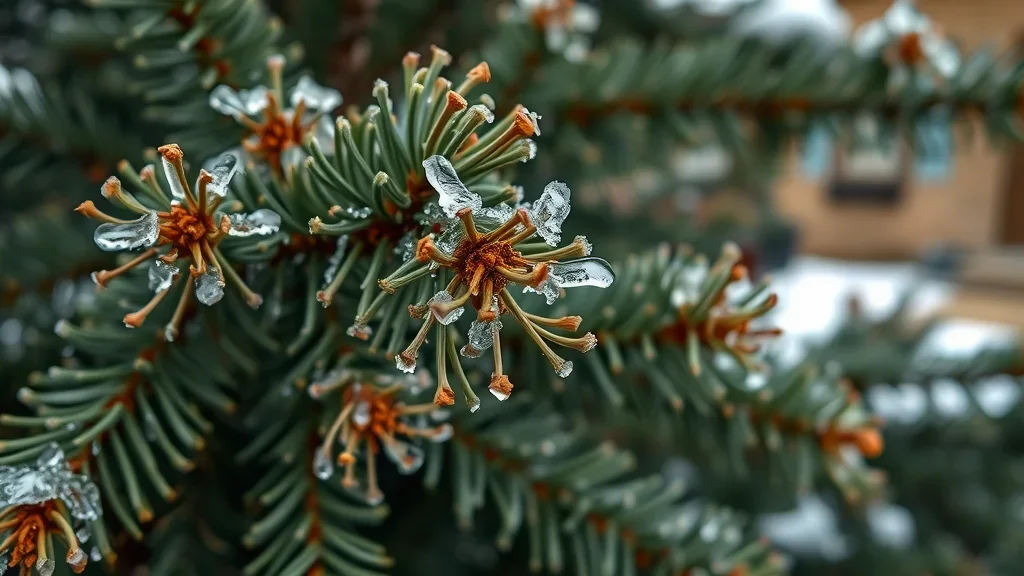
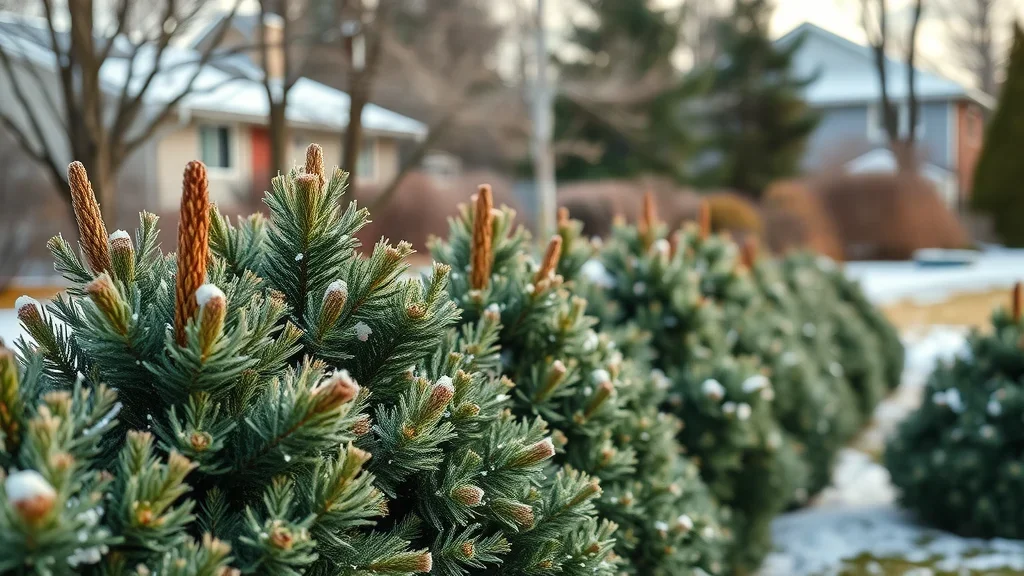
Write A Comment